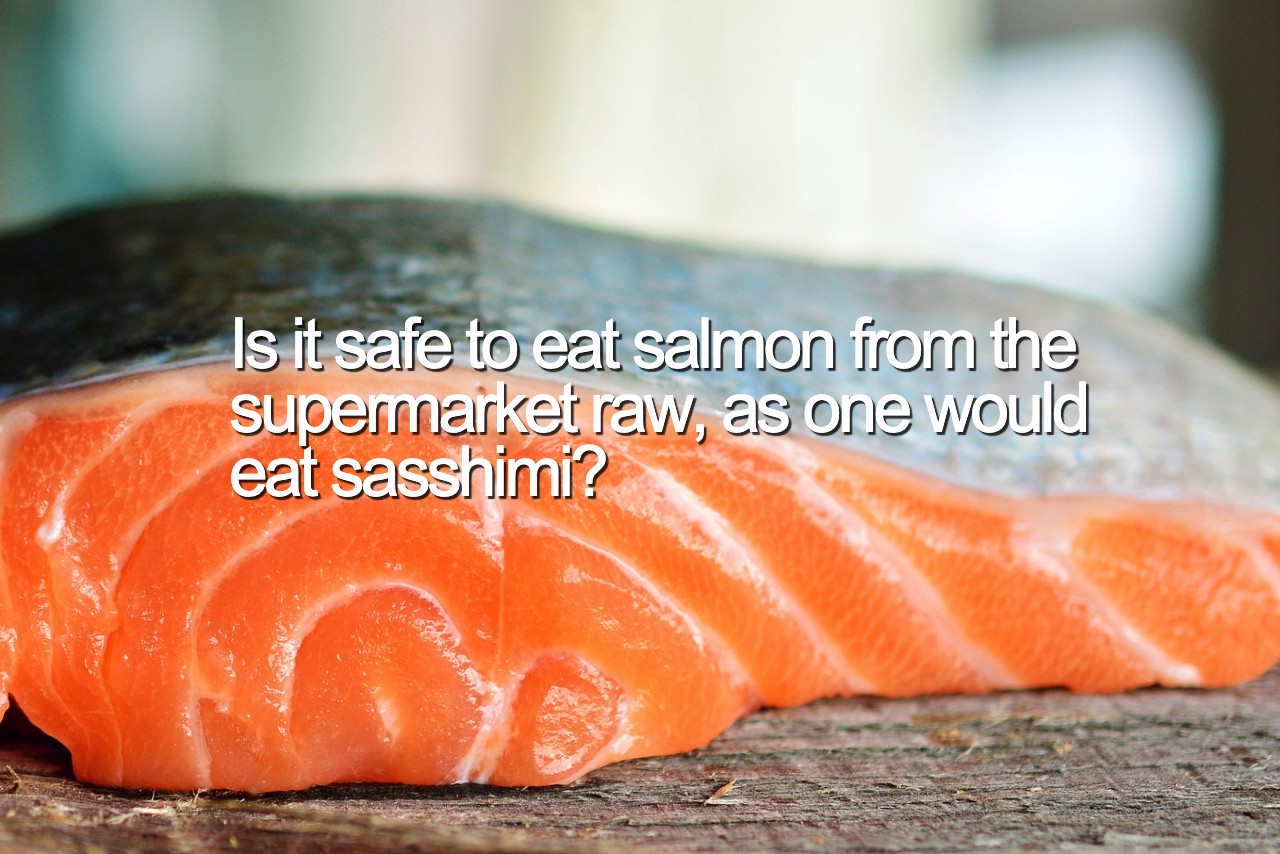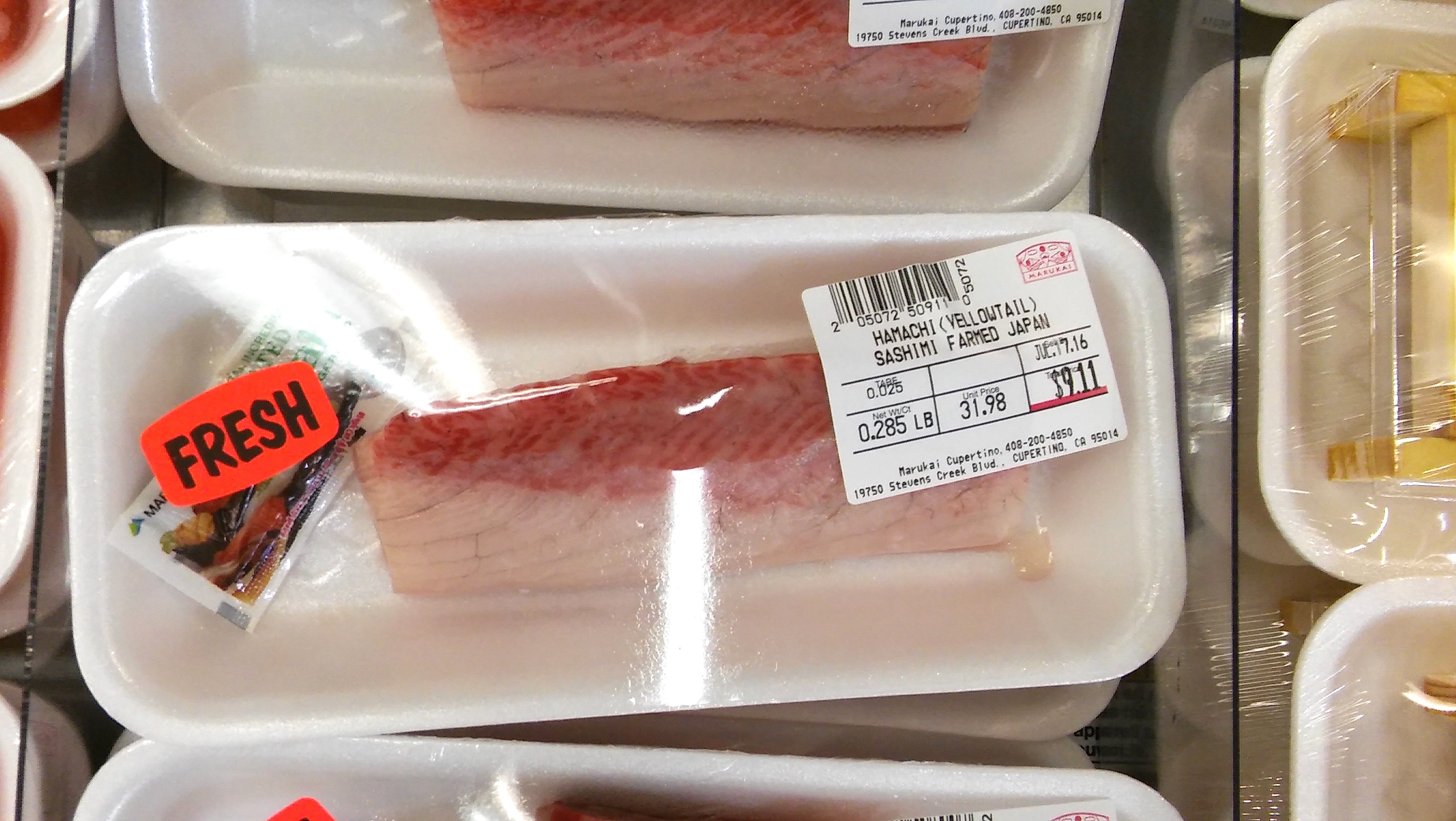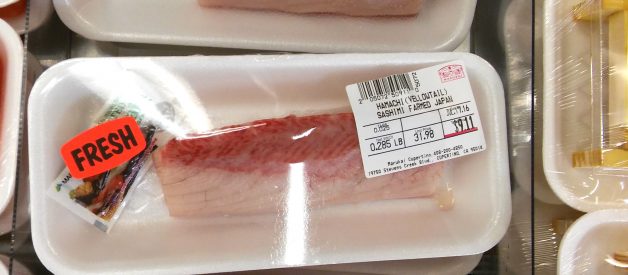 Image by congerdesign from Pixabay
Image by congerdesign from Pixabay
Before I get into my answers, first, let me explain what sushi and sashimi grade mean.
There is no ?official? (like FDA in the US) term as sushi grade or sashimi grade. It is a commercial term used by fish distributors and chefs in the US.
Both sushi and sashimi grade mean the fish is OK to eat raw.
To be sushi or sashimi grade, there are mainly three criteria to consider. (These are my simplified version, not an official one.)
- Type of fish
- Freshness
- Frozen or cured
Let me explain how they work using the example.
- Tuna
- Fresh (and kept over ice or in the refrigerator)
- Not frozen or cured
Most tuna ? yellowfin, albacore, and skipjack ? are OK to eat as long as they are fresh and need no freezing or curing.
- Cod
- Fresh (and kept over ice or in the refrigerator)
- Not frozen or cured
Almost all the cod is unsuitable for raw consumption, fresh or frozen. That is because most of the cod come with parasites and bacteria. Though freezing will kill most of the parasites, it does not kill all the bacteria and germs. Therefore, fresh frozen cod is not recommended for raw consumption and usually not served as sushi grade or sashimi-grade at the supermarket.
?Once thawed, however, these microbes can again become active, multiplying under the right conditions to levels that can lead to foodborne illness. Since they will then grow at about the same rate as microorganisms on fresh food, you must handle thawed items as you would any perishable food.? ? Does freezing food kill bacteria?, Ask USDA
To make (wild)salmon sushi grade, we must freeze it to kill parasites. Here is a rough simplified version of how long to freeze in a freezer. The time varies depending on the temperature.
- Commercial freezer at least 24 hours
- Home freezer at least 7 days
If you go to the supermarket to determine if the salmon is OK to eat raw, look for the following.
1. If labeled as something in the line of ?For raw consumption,? or ?Sashimi Salmon,? then Yes.
?
 Hamachi Sashimi, Marukai Market, Cupertino, CA
Hamachi Sashimi, Marukai Market, Cupertino, CA Bluefin Tuna for ?cooking,? Marukai Market, Cupertino, CA
Bluefin Tuna for ?cooking,? Marukai Market, Cupertino, CA
Even in Japan, some fish are packed and labeled as ?For cooking? and ?For Raw Consumption? at supermarkets.
2. If the fishmonger or the person selling the salmon says, it?s OK for raw consumption, then Yes.
If previously frozen and the freshness is right, then OK for raw consumption. If the fishmonger is not 100% sure, then I would walk away.
3. If there is no label to suggest raw consumption nor no one to ask, then No.
There are too many elements to consider, and it requires experience of looking at a fish to determine if a particular fish is suitable for raw consumption.
Some of the examples are: When was the fish caught? How long did it take the fish to be iced after it was caught? How was the fish kept after it left the boat and how was it transported, etc.
Many fishmongers and sushi chefs have an ability called ?Me-Kiki? ? to tell the freshness of a fish by looking at it, and it takes years of looking and sometimes tasting the fish.
I must admit I feel lucky for becoming sick only once from eating raw fish in my life. It was shime saba, cured mackerel. I can tell you it was not a fun experience. I could not eat saba for at least a couple of years after that.
My recommendation is to avoid the temptation to dive into buying raw salmon at our local salmon, eat it raw, and see what happens. Instead, ask the fishmonger or look for the word ?sushi grade? on the package.

If you enjoy this story, here is another story you may like.
Subscribe to my weekly summary newsletter to get your free copy of my eBook.



